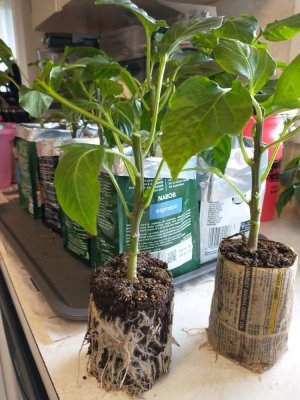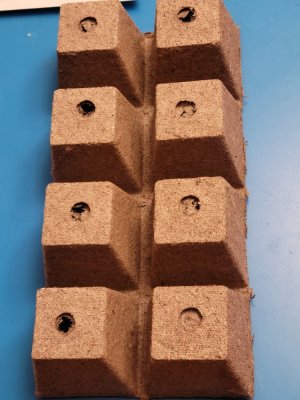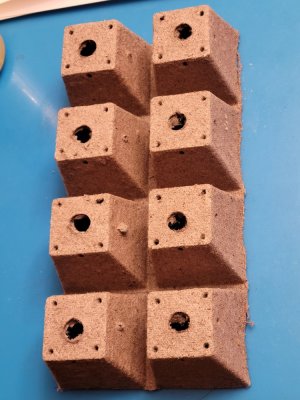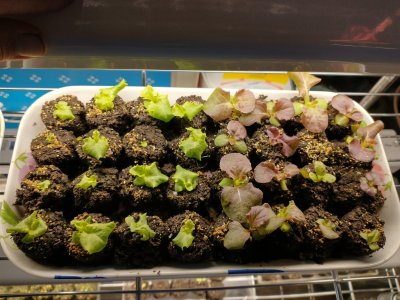- Thread starter
- #1,481
heirloomgal
Garden Addicted
- Joined
- Jan 17, 2021
- Messages
- 5,113
- Reaction score
- 16,779
- Points
- 285
- Location
- Northern Ontario, Canada
I found 2 new vegetables in the seed catalogues that look interesting. I have no experience with either of them. First one is 'Curly Peppergrass', Lepidium sativum. The second, 'Kintsai', Apium graveolens. I've grown cutting celery, or soup celery, which is related (it's actually overwintering out there right now), and I wonder if these 2 Apium's are actually more or less the same thing? If anyone has experience with these, I would love to hear.

 An Amazon editorial review:
An Amazon editorial review:






